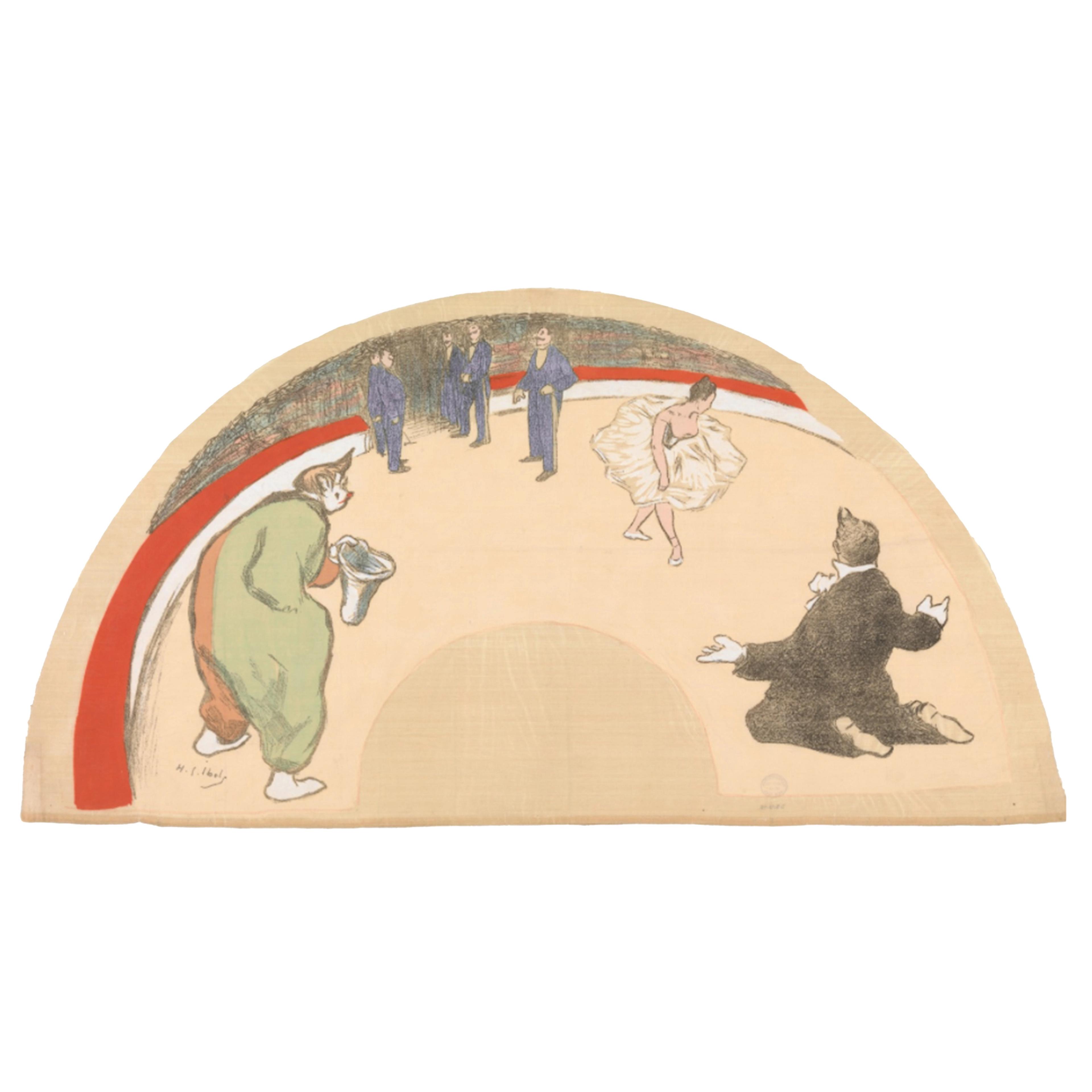The hand-held fan was an unexpected muse for some of the most innovative artists in 19th-century Europe. Fans became hugely popular across many levels of society during this period, serving as functional and fashionable objects of adornment and communication. Well-known French Impressionists such as Edgar Degas and Camille Pissarro not only featured this feminine accessory in their work but also adopted it as an experimental format for their art.
Fanmania investigates why avant-garde artists incorporated fans into their work and sheds light on themes of gender, courtship, consumerism, and appropriation. Artists were attracted to the semicircular form for myriad reasons, including fascination with fans from Asia and Spain, commercial ambition, and their interest in formal and technical innovation. Displaying more than 75 artworks from across The Met collection, this multimedia exhibition features painted and printed fans from Europe and Asia as well as artworks that depict women wielding fans to explore the phenomenon of “fanmania.”
